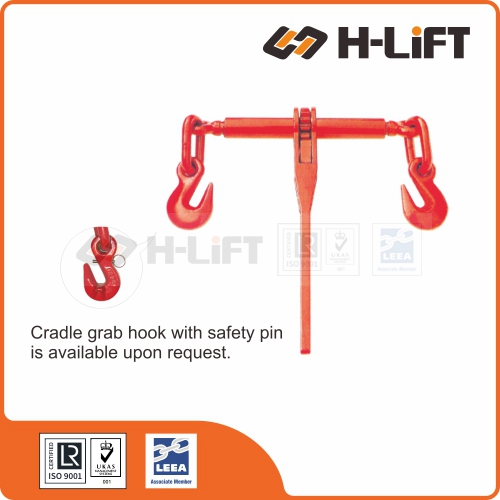ALWAYS:
• Store and handle winches correctly.
• Inspect the winch, rope and accessories before use and before placing into storage.
• Ensure mounting and suspension points are secure and suitable for the full loads that will be imposed.
• Lift the load just clear, halt for a short period to ensure the integrity of the brake or sustaining mechanism before completing the lift.
• Use a speed appropriate to the specific application.
• Keep hands and feet clear of ropes, drums etc.
NEVER:
• Raise loads by revolving the drum in the opposite direction to that indicated.
• Use winches with loose or insecure handles.
• Use the pawl to arrest descending loads.
• Use winches if the rope is twisted or trapped.
• Over wind the rope on or off the drum.
• Use winches for man-riding applications unless they are specifically designed for that purpose.
Selecting the Correct Winch
Winches are available for manual or power operation in a range of capacities, designs and mounting arrangements. Select the winch to be used and plan the lift taking any statutory requirements and the following into account:
Type of winch - manual, electric, pneumatic or other operation - mounting, eg wall, floor, lorry etc - capacity and rope drum storage etc.
Speeds and control - single speed, dual speed - push button, pull cord, lever, remote etc.
Rigging arrangement - diverters, pulley blocks - anchorage and suspension points - imposed loads.
Consult the supplier if the winch is to be used in areas of high risk, exposed to the elements, water, steam etc, with hazardous substances, eg acids or chemicals, or subjected to extremes of temperature.
Storing and Handling Winches
Never return damaged winches, ropes etc to storage. They should be dry, clean and protected from corrosion.
With winches used for temporary applications, remove the rope for separate storage or wind it fully onto the drum and lash in position to prevent damage.
With winches left in situ, remove pulleys etc and wind the rope fully onto the drum. Where this is not possible, pulleys etc should be positioned to protect them from damage and so as not present a danger to persons or other equipment. Isolate any power supply.
Installing and Commissioning
Follow the specific instructions for installation and commissioning issued by the supplier. Handle the rope carefully. If the winch fails to operate correctly contact the supplier.
Using Winches Safely
Do not use defective winches, ropes, pulleys etc.
Check the rigging arrangement, that mounting and suspension points are secure and adequate for the imposed loads. Do not use timber bearers. Ensure sheaves are correct for size and type of rope, that fleet angles are not too great, the rope is not twisted and the load is free to move. Check operating handles are secure.
Raise the load just clear, halt the lift to ensure the integrity of the brake, slinging arrangement etc.
With manual winches, only the slow speed should be used to raise/lower loads. With power operated winches, select a speed appropriate to the specific lifting operation.
Ensure oil, water or other foreign matter does not come into contact with lined brakes.
If the direction of rotation is indicated the winch must raise the load when turning in that direction.
Check the rope and load travel paths are clear and you have a clear view so as to avoid accidents or collisions. Do not over wind the rope on or off the drum. Two turns must always remain on the drum. (Some manufacturers design for more and their recommendations must be followed.)
Keep fingers, toes etc clear of ropes, pulleys, drums and other moving parts.
In-service Inspection and Maintenance
Follow the specific instructions for maintenance issued by the supplier. These should be incorporated into the site maintenance programme observing any particular needs due to the site or working conditions.
Regularly inspect the winch and, in the event of the following defects, refer the winch to a Competent Person for thorough examination: mounting insecure; loose or missing bolts; winch frame distorted; rope drum flanges chipped or cracked; rope anchorage loose or pulled; ratchet or pawl worn; brake worn or slipping; rope worn, or winding incorrectly; broken wires; gears worn, or not positively locating; any other visible damage, corrosion, defects or operational faults.











